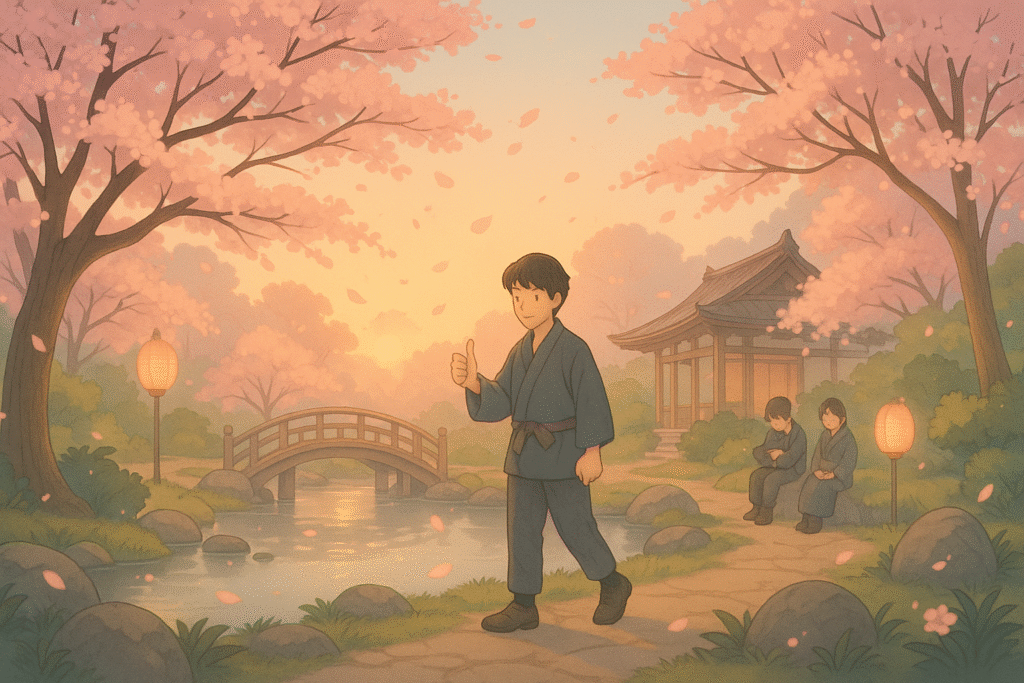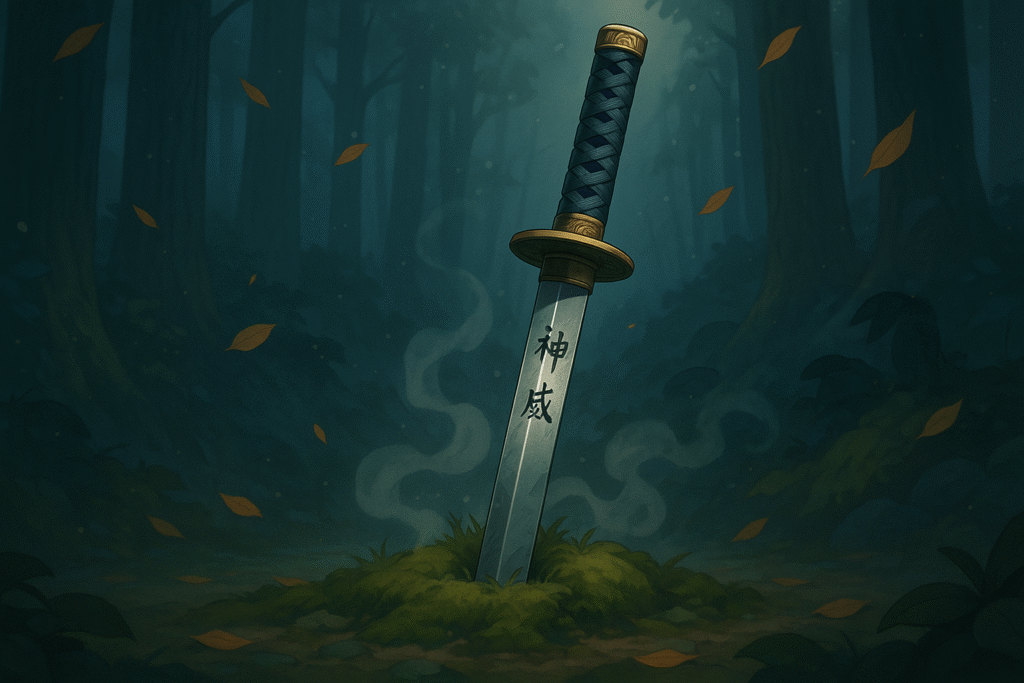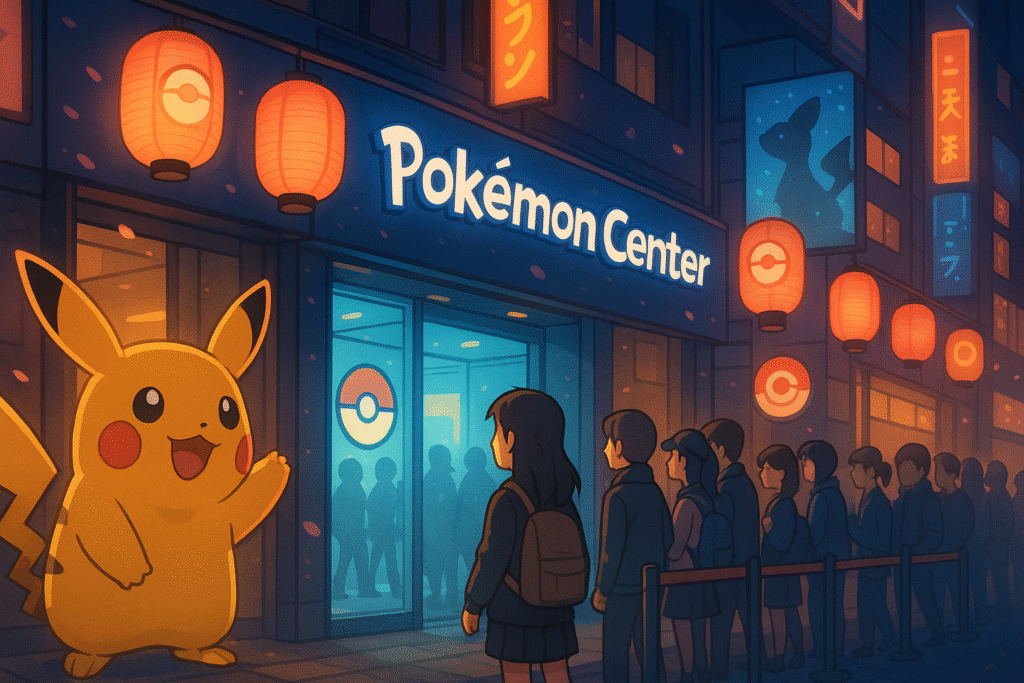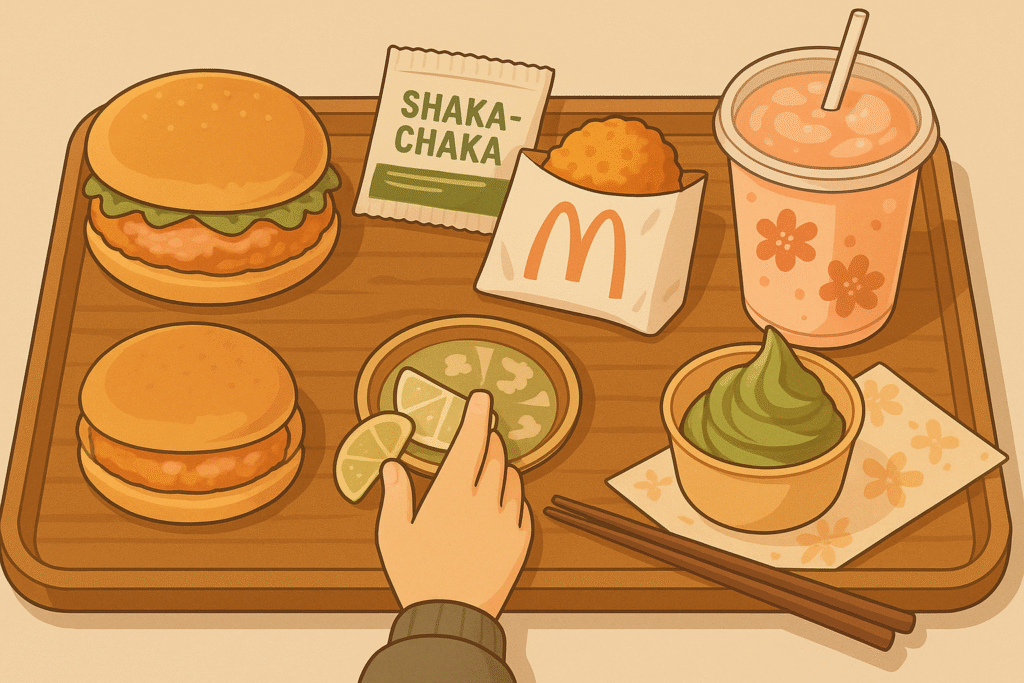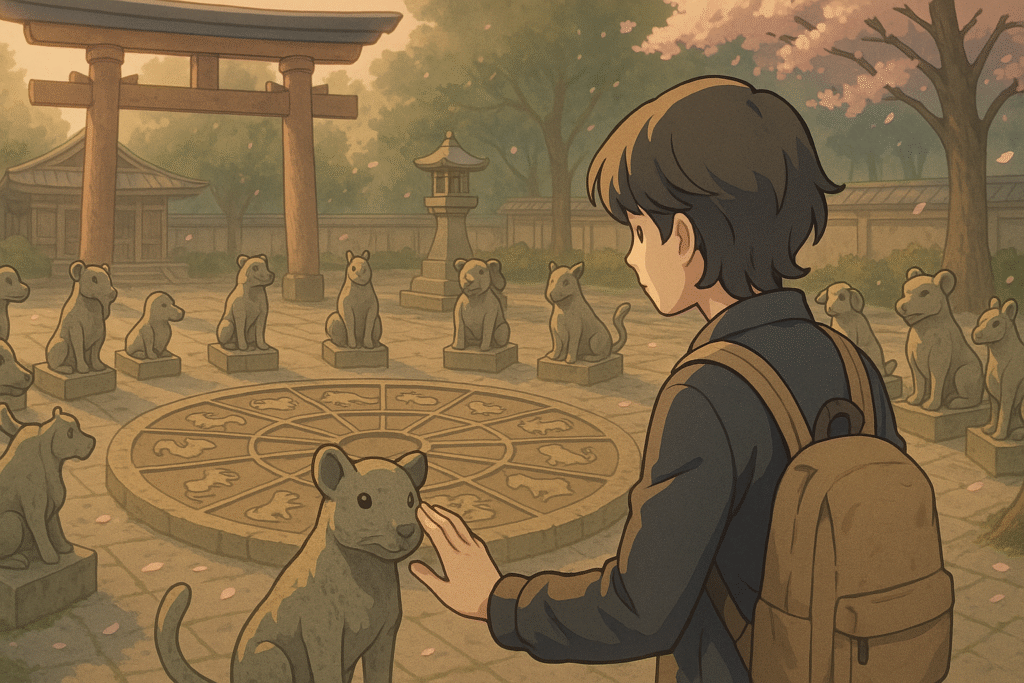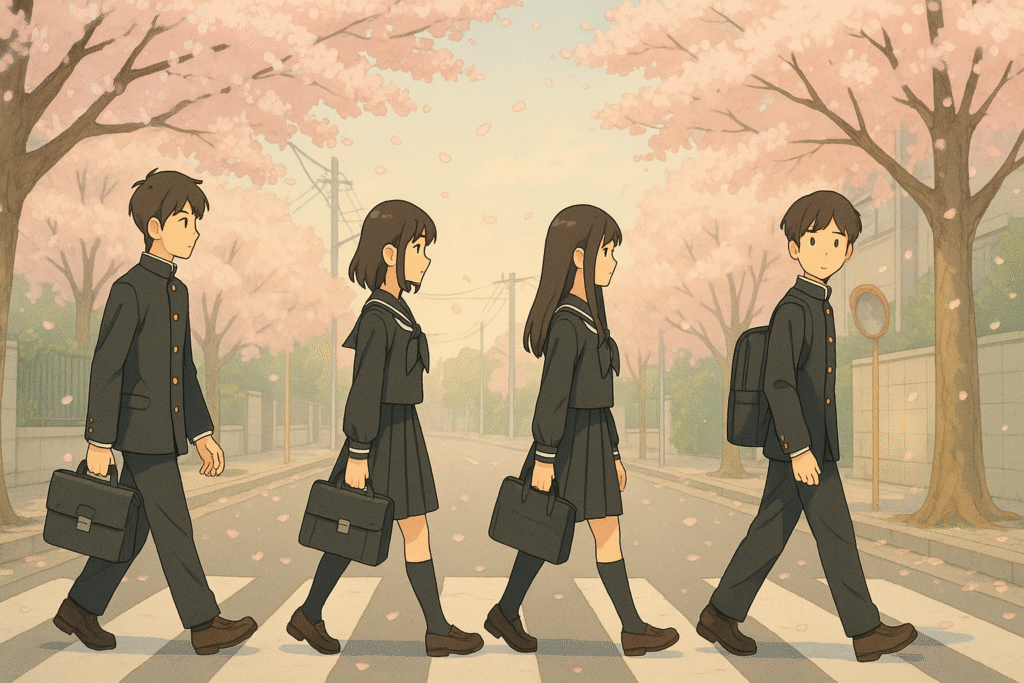What Does Kira Kira Mean? Learn the Japanese Expression
Have you ever watched anime characters gaze at stars with sparkling eyes, whispering “kira kira” with pure wonder? Or perhaps you’ve seen Japanese social media posts filled with glittery emojis and this mysterious phrase? The kira kira meaning captures one of Japan’s most enchanting expressions—a word that transforms ordinary moments into magical experiences. Imagine standing […]
What Does Kira Kira Mean? Learn the Japanese Expression Read More »




